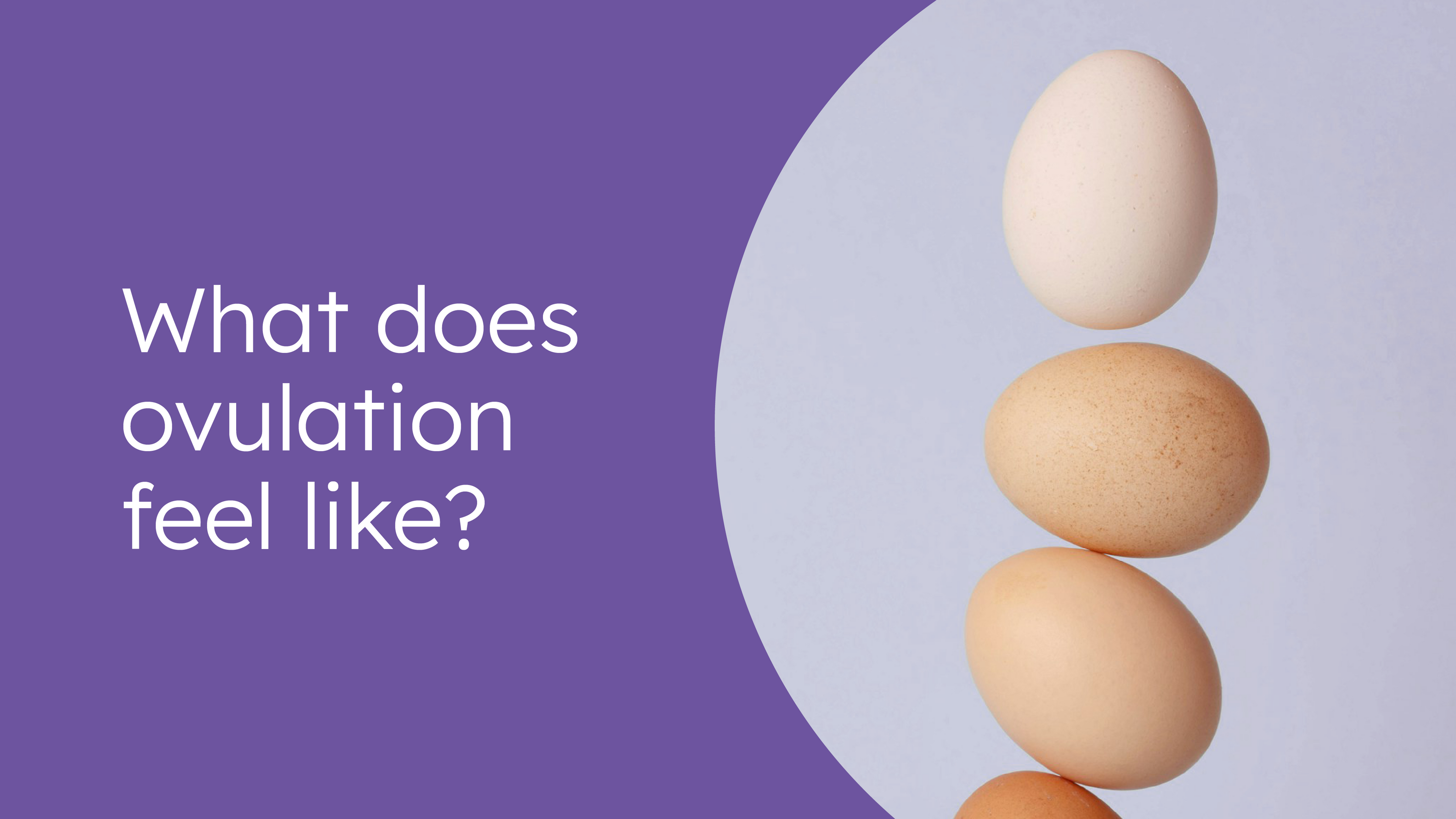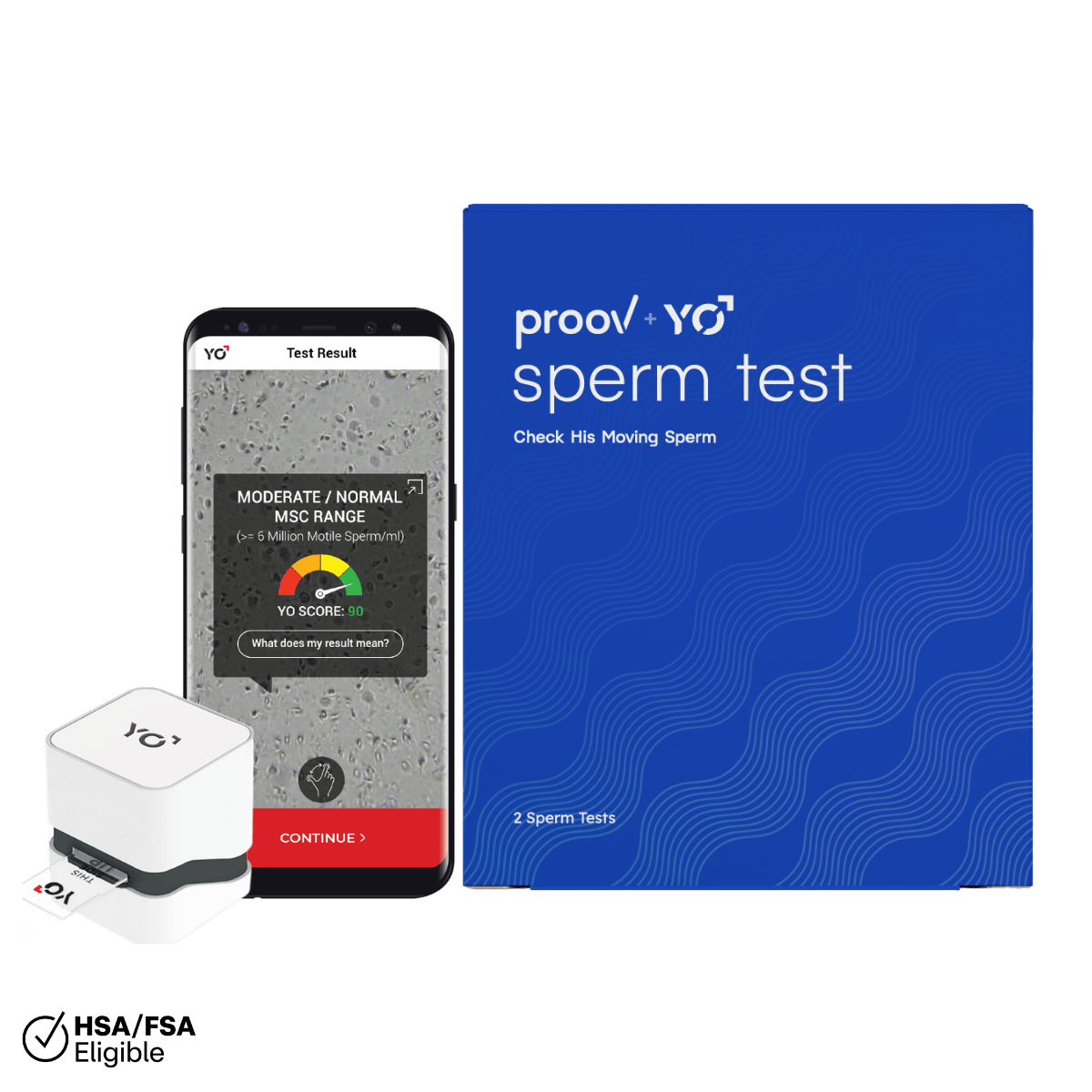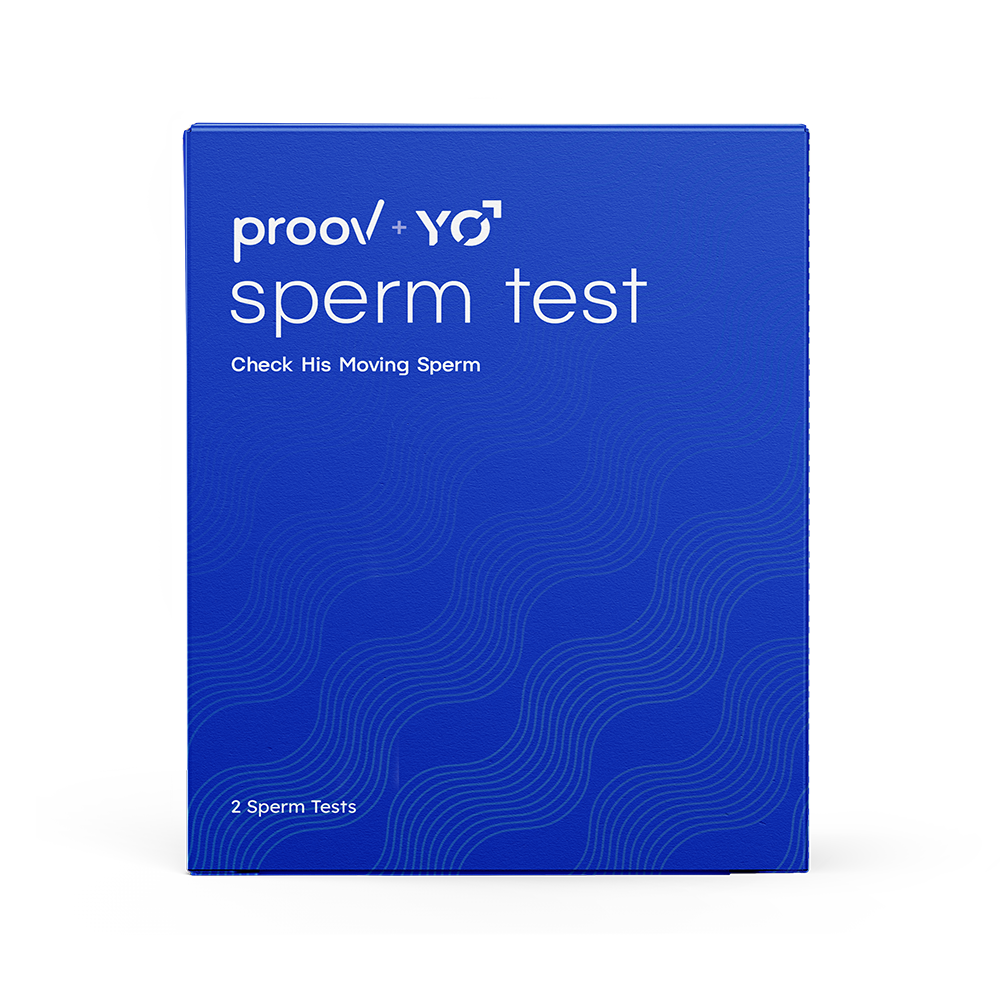Ovulation is a major milestone in every menstrual cycle, but how can you know if it’s happening? Is it best to look for signs of ovulation, or check the calendar? Is it possible to feel ovulation? These are great questions and we’re here to help! Let’s take a look at what ovulation is and how to know if and when it’s happening in your cycle!
When does ovulation occur and how long does it last?
In order to understand when ovulation occurs, it's helpful to first understand what’s happening when you ovulate. Ovulation is the process of a reproductive egg leaving the ovary. This is a necessary step for conception, but it’s also important for hormonal health and balance! In order for an egg to leave the ovary, it must first reach maturity by growing to a certain size and producing a certain amount of the hormone estrogen. When estrogen reaches that sufficient level, the brain releases another hormone, LH (luteinizing hormone), which signals the ovary to release an egg. This release, or ovulation, is immediate. The egg will only survive for 12-24 hours afterwards.

The egg then travels down the fallopian tube toward the uterus. So now that we understand what is happening, how can we know when it’s happening? Ovulation typically occurs somewhere around 14 days after the period begins, although this varies widely among women and within individual cycles. Some women ovulate later and have longer cycles overall, while others notice a shift in the timing of ovulation from cycle to cycle. Since the timing isn’t the same for every woman and every cycle, how can we know when ovulation occurs? Thankfully, there are several ways to help pinpoint it!
What does ovulation feel like?
Can you feel ovulation occur? Maybe! Some women will experience mild discomfort or cramping on one side of their abdomen. This is often referred to as Mittelschmerz, or ovulation pain. Some notice this while exercising or moving around, while others say they are simply “more aware” of sensations in one side of their abdomen. Although noticeable, this Mittelschmerz pain should not be severe. Severe or chronic abdominal pain could be caused by ovarian cysts, pelvic inflammatory disease, or pelvic adhesions, and should be discussed with your medical provider.
But not all women experience Mittelschmerz! If you are in the estimated 60% of women who do not, how can you know if you’re ovulating? Luckily, the hormonal process involved provides signs and symptoms that we can spot!
Other Signs of Ovulation

As estrogen rises in preparation for the release of an egg, there are aspects of the female body that respond to this hormonal change. If you know how to check them, you can more confidently pinpoint when ovulation occurs. Additionally, you can test for this rise in estrogen levels in conjunction with LH tests using Proov Complete in order to predict ovulation up to 5 days before.
Basal Body Temperature
Your basal body temperature (or your temperature at rest) will increase by approximately half a degree Fahrenheit (.3 degree Celsius) after ovulation. Even though this is only a slight rise, it can be measured using a digital thermometer. In order to see this rise, you’ll need to take your basal body temperature each day before getting out of bed.
Cervical Mucus
As estrogen rises before ovulation, the cervix will produce a mucus that gets progressively more fertile. Initially, it may be sticky and cloudy, but eventually it will be a consistency similar to raw egg whites: thick, clear, slipper, and very stretchy. This type of mucus most often occurs right before ovulation!
Hormone Changes
Estrogen is critical to successful ovulation, but it’s not the only hormone at play! Once estrogen reaches a sufficient level for ovulation, the brain responds by producing LH (or luteinizing hormone). You can measure this hormone through at home LH tests, which will allow you to see this hormone rise in real time. Once that happens, ovulation typically occurs within 24-36 hours. You can also confirm ovulation by looking for the rise in another hormone critical to a reproductive cycle, progesterone. Progesterone increases after ovulation and will remain dominant until the next period begins. There are also at home progesterone tests that make measuring this hormone simple and accessible, such as Proov Confirm.
If you’re unable to use hormone tests, you may still be aware of these hormonal shifts by how they make you feel. Changes in estrogen and progesterone can cause bloating, breast tenderness, spotting, or an increase in libido.
Libido
For some women, this is their main sign that ovulation is approaching, while others don’t notice a significant increase. If you do notice that your libido (or, sex drive) increases during the middle of your cycle, it could signal that ovulation is about to occur. An increase in libido around ovulation is especially helpful for couples who want to conceive a baby! That’s because these days leading up to ovulation are the best time to have intercourse in order to get pregnant.
Remember how the cervix produces a stretchy, slippery mucus before ovulation? This mucus provides necessary nutrients and transportation to sperm, the male reproductive cell that’s needed to fertilize an egg. With this type of mucus present, sperm can live in the fallopian tubes of a woman for up to 5 days. This allows them to be ready and waiting for ovulation and the possibility of pregnancy!

If you’re looking for a way to pinpoint ovulation, consider using at-home hormone tests to give you a clear picture of your hormonal changes around the release of an egg. But even if you don’t use these tests, your body’s reproductive signs (like cervical mucus and libido) may be enough to help you feel when ovulation occurs!












